
During the era of hyper-formulated pop music in the early 1980s, The Dream Syndicate emerged from Los Angeles as a sensation with their gritty, guitar-driven sound that relied heavily on feedback. How Did We Find Ourselves Here? chronicles the band’s journey from their early beginnings, through conflicts with former friends, battles with major record labels, and disbandment, to their eventual reunion in 2012. Despite never achieving widespread commercial success, the band maintains a devoted fanbase and commands great respect from musicians around the globe for their significant influence.
You May Also Like
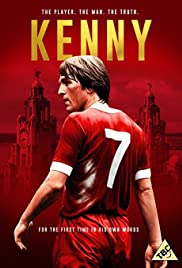
An intimate and revealing portrait of Kenny Dalglish – the player, the man, the truth.
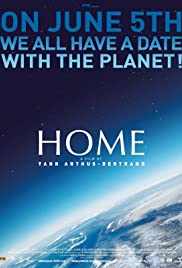
With aerial footage from 54 countries, HOME is a depiction of how the Earth’s problems are all interlinked.

The revolutionary 1968 Mexico City Olympics: new politics, with Smith and Carlos’ raised black fists, new techniques, and new technology.
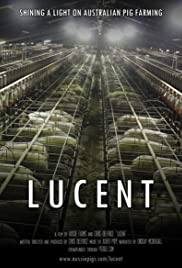
Through a combination of hand-held and hidden camera footage, Lucent explores the darker side of Australia’s pig farming industry, highlighting the day-to-day cruelty accepted by the industry as standard practice.
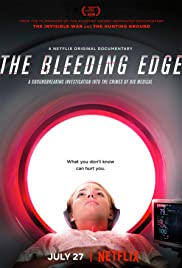
Each year in the United States, unparalleled innovations in medical diagnostics, treatment, and technology hit the market. But when the same devices designed to save patients end up harming them, who is accountable?
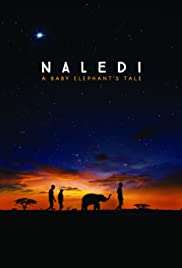
The incredible, true-life story of a baby elephant born into a rescue camp in the wilderness of Botswana. When she’s suddenly orphaned at one month of age, it’s up to the men who look after her herd to save her life.
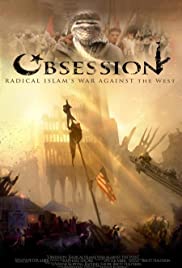
Obsession is a film about the threat of Radical Islam to Western civilization. Using unique footage from Arab television, it reveals an ‘insider’s view’ of the hatred the Radicals are teaching, their incitement of global jihad, and their goal of world domination.
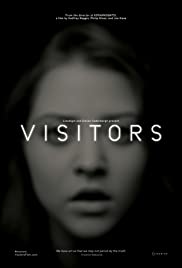
From the director of Koyaanisqatsi, an astonishing film that documents the drama of how we both live and witness what we experience. Shot in rich black and white Godfrey Reggio’s latest film finds the full spectrum of emotion in human faces, gorgeous landscapes and even the behaviour of an especially expressive gorilla.
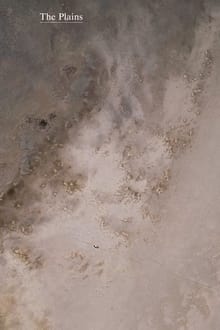
At 17:00 every day, Andrew, a middle-aged man, drives home from work through Melbourne’s outer suburbs in peak-hour traffic. Occasionally, he offers a lift home to a younger colleague, David. Over a year, their tentative small talk gives way to a warm friendship and open conversation within the confines of the vehicle, incrementally revealing their lives.

The story of Ronnie Scott’s Jazz Club

Filmed Live at the Plaza de Toros, Madrid 1996, this editors cut includes Back in black/ shot down in flames/ thunderstruck/ girls got thythm/ hard as a rock/ shoot to thrill/ boogie man/ hail caesar/ hells bells/ dog eat dog/ the jack/ ballbreaker/ rock and roll ain’t noise pollution/ dirty deeds done dirt cheap/ you shook me all night long/ whole lotta roise/ tnt/ let there be rock/ highway to hell/ for those about to rock (we salute you)
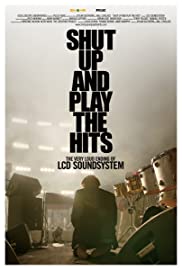
On April 2nd 2011, LCD SOUNDSYSTEM played its final show at Madison Square Garden in New York City. LCD Frontman James Murphy, disbanding one of the most celebrated and influential groups of its generation at the peak of its popularity, ensured that the band would go out on top with the biggest concert of its career. The instantly sold out, near four-hour extravaganza featured special appearances by Arcade Fire and Reggie Watts and moved the crowd of thousands to tears of joy and grief. SHUT UP AND PLAY THE HITS both captures this once-in-a-lifetime event with stunning visuals and serves as an intimate portrait of Murphy as he navigates the 48 hours surrounding the show. Woven throughout is an honest and unflinching conversation between Murphy and author Chuck Klosterman as they discuss music, art, aging, and the decision to call it quits while at the top of your game.